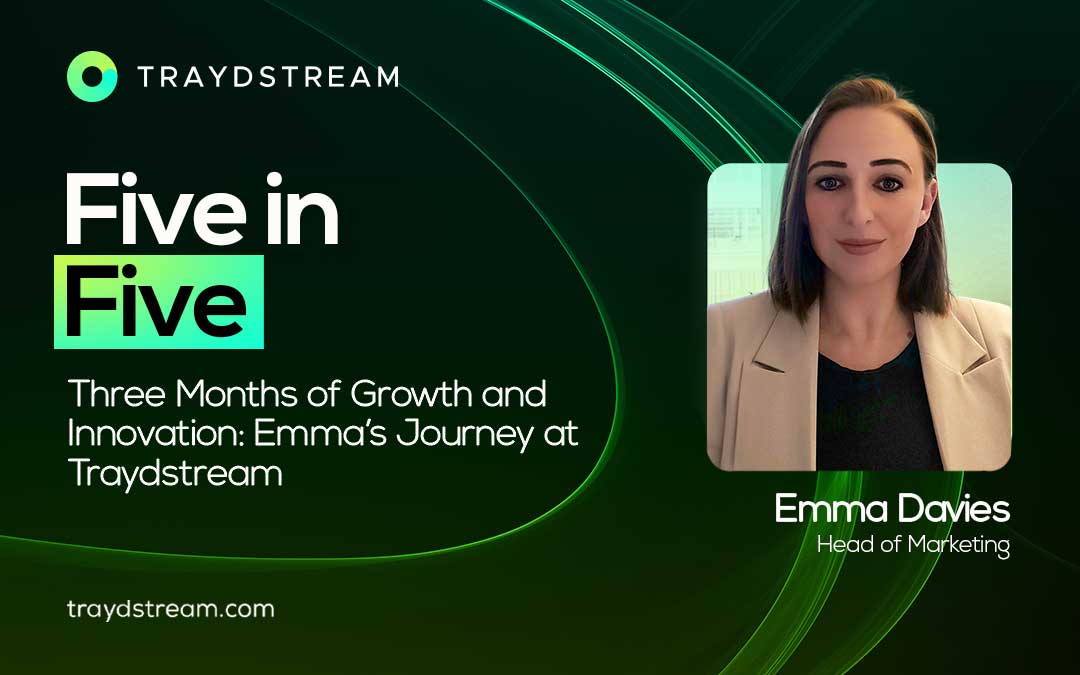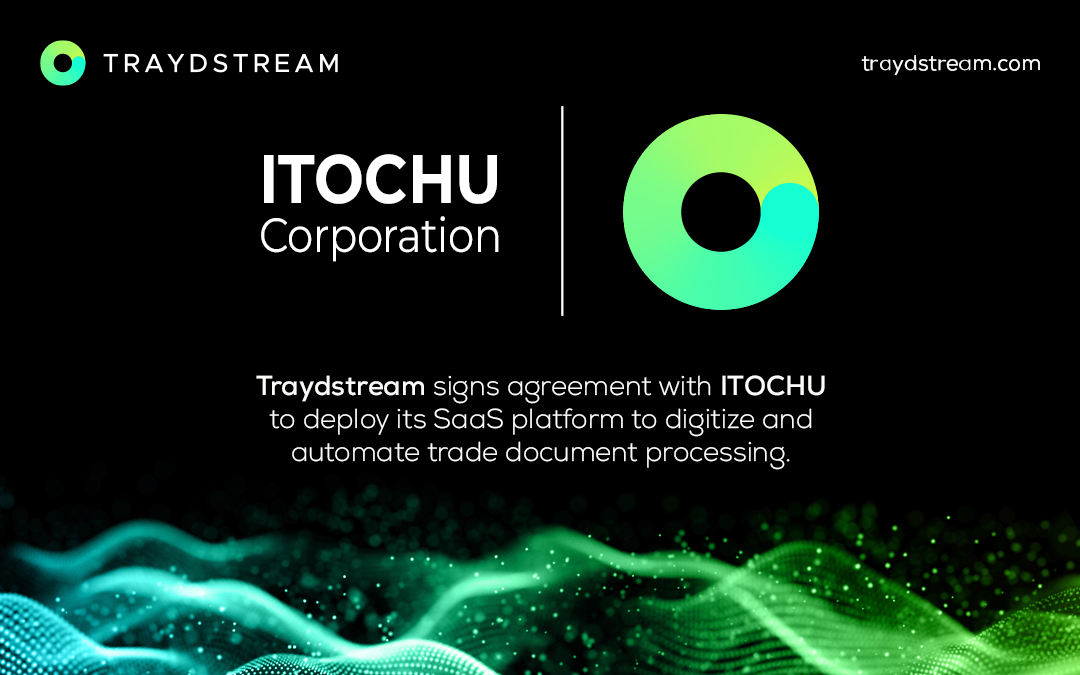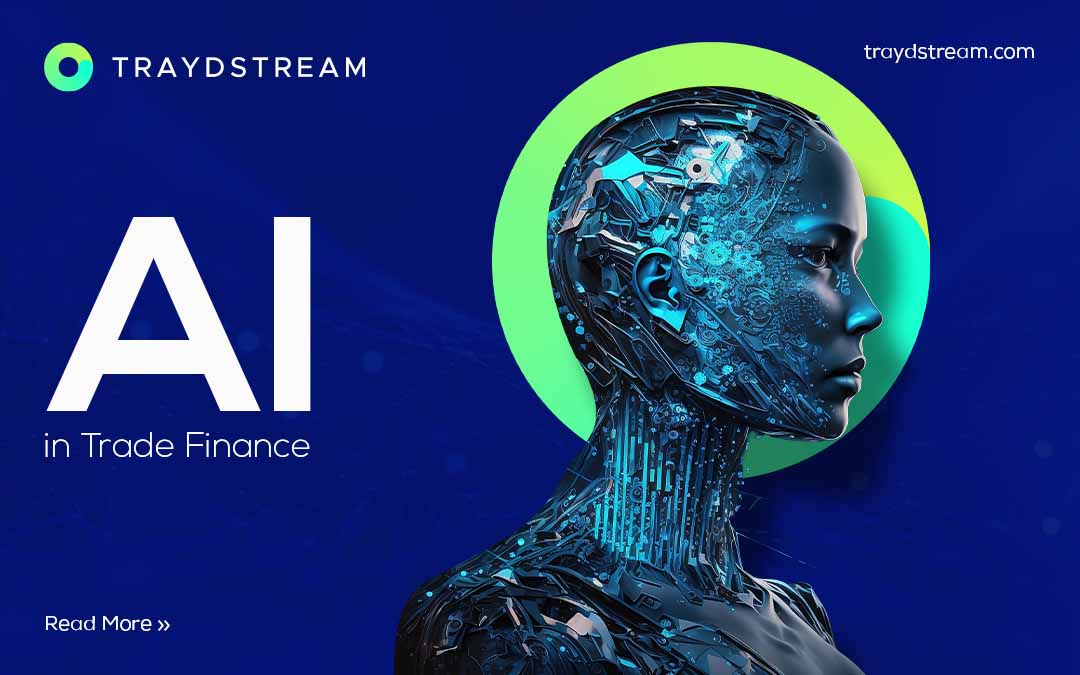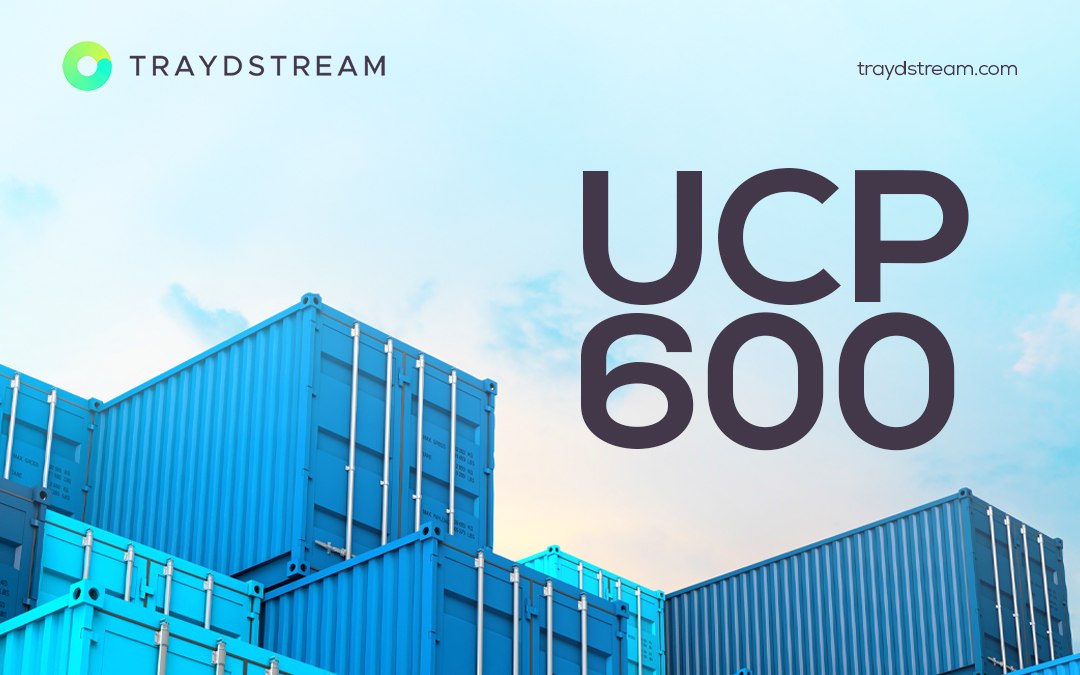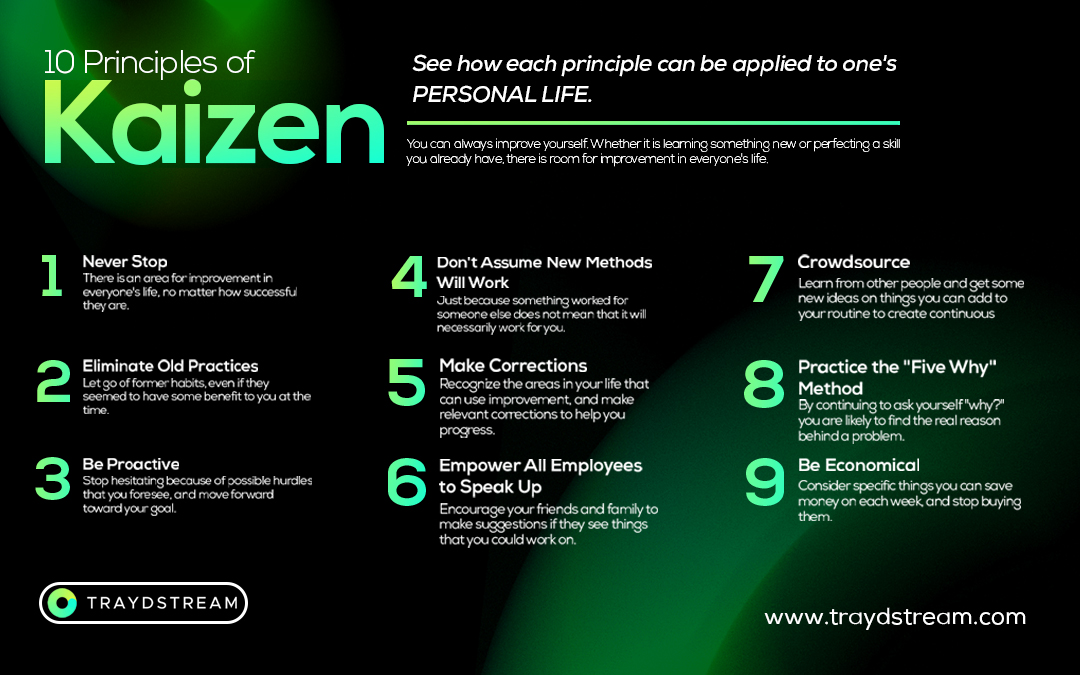
Traydstream was designed by banking and technology veterans who experienced first-hand the inefficiencies faced in the provision and receipt of trade finance by banks, financial institutions (FIs) and corporates. We spoke to Sameer Sehgal, CEO of Traydstream about the digitisation of trade rules using software.
Sameer Sehgal has a premier banking background, having worked in a number of senior roles internationally. Prior to joining Traydstream he headed Citibank’s Trade business across EMEA (Europe, Middle-East and Africa) from 2009-2017, at a time when it grew to be the largest trade bank in the region. Sehgal is recognised as a business builder, who in addition to expanding Citi’s trade footprint in EMEA from 17 markets to 42, also introduced a number of new capabilities including expansion into Supply Chain Finance, Export and Agency Finance, Shipping, Commodities Finance, and Sales Financing.
He comes with vast experience across geographies in Asia and EMEA. Earlier in his career Sehgal also held senior roles at Bank of America and ANZ. He holds a B.Tech from IIT Kharagpur, an MBA from FMS, and an Advanced Management Programme from Wharton US.
“Everyone talks about blockchain, but blockchain doesn’t do the processing” – what is Traydstream and how does it actually work?
Traydstream is a Software as a Service (SaaS) that digitises the tribal knowledge of international trade rules and compliance requirements to offer complete transaction management and automated end-to-end document scrutiny on-cloud or on-premise.
Using Traydstream’s proprietary Optical Character Recognition (OCR) software, banks and corporates begin by digitalising the physical (paper-based) transaction documents into a machine readable format. The platform assumes paper inputs but is designed to work equally well with digital input protocols. The extracted data can then be digitally checked (as opposed to manually) against the Letter of Credit (LC) for potential discrepancies or blank fields. The documents are scrutinised by over 200,000 machine learning algorithms that contain the international rules and regulations that all trades must abide by, such as the International Standard Banking Practise (ISBP) and the Uniform Customs and Practise for Documentary Credits (UCP). It is a unique capability which we are not aware of anyone else offering globally; its design relies on decades of experience from some of the best and brightest in banking and business. Additional compliance and sanctions checks are then also conducted to the documentation to aid banks and corporates in their assigned task of moderating transactions and preventing erroneous or fraudulent trade. The platform therefore provides in one fell swoop end-to-end processing of transactions across Digitalisation, Rules Scrutiny, and transactional Compliance checks, reducing errors and turnaround times to a fraction of what they are today.
Traydstream represents a huge shift forward in terms of working practise as technology lifts the burden of manual scrutiny (and the potential for human error) and vastly reduces the turnaround times of international trades.
The basic tenet of Traydstream is to accelerate and make more efficient what is currently heavily manual and paper-oriented. Trade finance classically has been processed in a very sequential manner, i.e. from the seller who checks documents evidencing sale, to his bankers, and onto the buyer’s bankers and then finally the buyer. This 4 step process can take up to 2-5 days at each stage and hence 8-20 days end-to-end. Traydstream currently has been able to reduce the turnaround time at each stage to circa 10-15 minutes which is a gamechanger in costs, turnaround times and efficiencies.
However, with blockchain, Traydstream aims to take it to the next level, i.e. simultaneous processing as opposed to sequential processing. With the marriage of blockchain (ethereum platform) and a robust file-sharing protocol, the combined tool allows data to be placed in the middle for all 4 parties to receive and check the data simultaneously and decide immediately. Thus by welding the current capabilities of the platform with blockchain, we believe we will totally reshape the trade finance processing landscape globally.
Blockchain is a very powerful tool and, coupled with the unique capability of Traydstream, we believe will have a profound effect on trade finance. We have already conducted a few corporate experiments with banks and are looking to successfully embed blockchain onto the platform by the end of 2018.
What is trade finance and why is it Important?
Trade finance is the facilitation of domestic or international trade between buyers and sellers by the intermediary financing of banks and FIs. It’s important because it underpins a huge amount of international trade, the World Trade Organization estimates some ‘80-90% of world trade relies on some form of trade finance’, i.e. circa $20-22 trillion. Trade finance helps thousands of large corporates and millions of SMEs around the world to sell their goods and fulfil their financing needs.
The provision of trade finance however relies on a complicated chain of document referral between the trading parties and their correspondent banks. These documents evidence everything from the credit due and payment terms, to the correct goods being sent to the correct destination. Despite waves of automation elsewhere in finance, trade finance has remained exclusively manual and paper-based, with less than 5% automated. This reliance on manual checks leads to hold ups in transactions, human error, and a proclivity from banks to finance only the larger, big-ticket transactions that warrant the cost of processing. This tends to compound the issues of smaller traders who already struggle to secure the credit their business requires. That’s where a solution like Traydstream comes in handy, since it accelerates processing, magnifies controls and automates manual processing. This then makes it possible for banks to process all sizes of transactions.
How does Traydstream alleviate some of these trade finance issues?
Traydstream applies a range of best in class technologies, including specifically designed artificial intelligence to alleviate the burden of manual scrutiny. Currently banks rely on armies of ‘document-checkers’ to manually scrutinise the data for discrepancies, blank fields and possible infringements of the rules and regulations that govern world trade. Using Traydstream, banks can remove much of the initial leg-work, and free up employees to work on more elevated decision-making activities in the process, and to deal with the greater amount of transactions that are now possible. Plus, as the economic benefits of labour arbitrage are reducing, the incentive for technological solutions to the problems of scale have greatly increased. Reducing turnaround times and processing costs are a key goal right now for the banks and FIs who are looking to improve their trade revenues in a climate of increased regulatory responsibility. The fact that it adds to the assuredness for banks vis-à-vis compliance magnifies its utility for banks.
Can you give some examples of how Traydstream has or can help businesses?
We’re currently engaged with some of the world’s leading banks and large corporates who are looking to improve operating costs by modernising their internal operational trade flows. During the pilot phase, we usually work on-site with the client on the setup of the platform and training of the team. Once live, clients are able to utilise fully the three modules that make up the Traydstream solution: Optical Character Recognition (OCR) software for digitalising trade documents, the Rules Engine, and the Compliance function.
There are a number of benefits for corporates and banks, including:
- Banks can use the tool to improve their current efficiencies (by at least 60-70% we believe from a cost and turnaround perspective);
- While doing so banks get the additional benefit of being in greater control of their trade and compliance checking, which makes them more confident in weeding out fraudulent cases;
- Banks are also looking to white-label the solution to corporates around the world, thereby reducing their own operational burden immensely. This way documents received by banks would have been checked already on the Traydstream platform and would be clean and ready for banks to check the documents quickly and send forward;
- The use of blockchain further accelerates the process, reducing end-to-end time enormously;
- The fact that banks are extending the platform to their clients, virtually removes the need for a number of roles at banks such as scanners; since the data is being input at inception by the seller, it doesn’t need to be input again;
- Since processing will be accelerated, and end-to-end turnaround times greatly reduced, the need for working capital comes down drastically. We believe in time the working capital needs for corporates should reduce;
- Finally with the use of blockchain we can expand the ambit to other key players in the trade ecosystem – i.e. freight forwarders, insurers, Chambers of Commerce etc..
While the above lists a number of the benefits to all parties; we do believe there will be further benefits in time that make the platform a true gamechanger.
What are the big opportunities and objectives of Traydstream in the next 3-6 months?
The opportunity for Traydstream is huge. Corporate banking and specifically trade finance are sectors that have seen a paucity of technological innovation, and the demand the demand for automation is huge. As wider digitalisation takes place in finance and business, there is rising demand for technology that can help facilitate accelerated trade flows and meet the challenges of scale without the necessary spike in costs.
To ensure Traydstream’s continued expansion, our focus areas for the coming quarter are:
Commercial
We are currently in the process of converting pilot-programmes into full commercial mandates. Our first multi-year mandate is scheduled to start in a few weeks, with a client who we have been piloting with for 6 months, with two others scheduled for June. Concurrently, we are working behind the scenes at a number of leading banks who are keen to white-label Traydstream to their clients and offer a streamlined internal document scrutiny process. Beyond this, there is a list of 50+ banks and corporates who are keen to test and deploy are solution. To capitalise on the unbelievable interest we’ve garnered so far, we are also in the process of a Series A raise, which we intend to close by end of this quarter.
The Platform
While we are actively engaging with clients, we are also dynamically changing our platform at the backed, making it more scalable, robust, secure and user friendly.
With 2-3 Software Releases scheduled for the coming quarter, we are expanding the platform’s key capabilities as well as making significant improvements to the performance of each of the three core modules as we ready the software for a wider commercial take-up.
Digitally enabled screening for Dual Use Goods (goods of both military and civil use), will form part of the Compliance function. This new feature utilises text mining to aid banks in their verification of traded goods by screening goods descriptions for occurrence of goods prohibited by these international trading standards. We’re also working in tandem with shipping and freight-forwarding agencies to offer brand new container validation technology to augment the compliance function yet further.
Following our recent corporate experiments with banks and blockchain technology, we are pursuing the development of a scalable model that would embed blockchain technology into the platform’s transaction cycle, and offer clients a real alternative to the sequential order of document processing that currently underpins trade finance.
Organisation
We are in the process of making a number of senior hires at Traydstream, as new roles emerge with the company’s expansion. We have just announced the appointment of Shishir Vyas as Chief Digitisation and Client Experience Officer, but a number of further hires are planned for roles across client management, compliance and technology, over the coming weeks and months.
We’re also working on the framework of a very exciting partnership with an international IT, Business and Consultancy firm, designed accelerate and up-tier our impact in the market.
By the end of 2018 we are aiming to have created a solid base with clients and ample experience to then go aggressively expanding into the bank and corporate segment globally.


